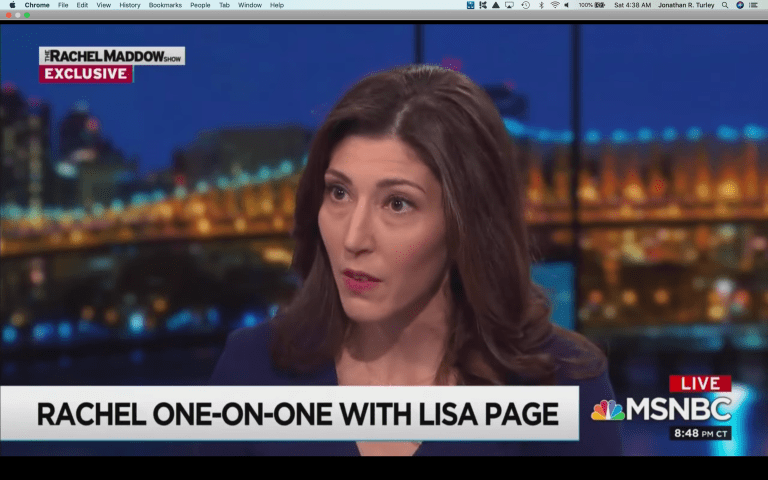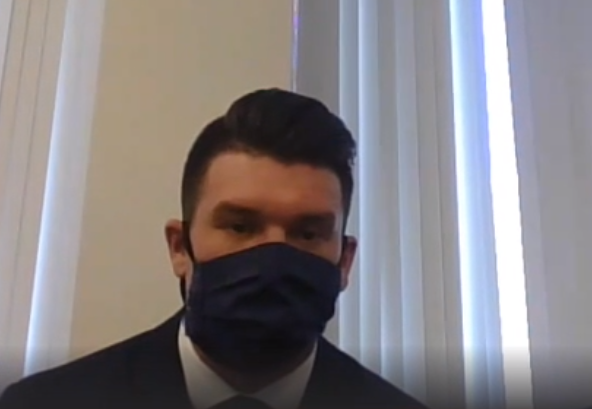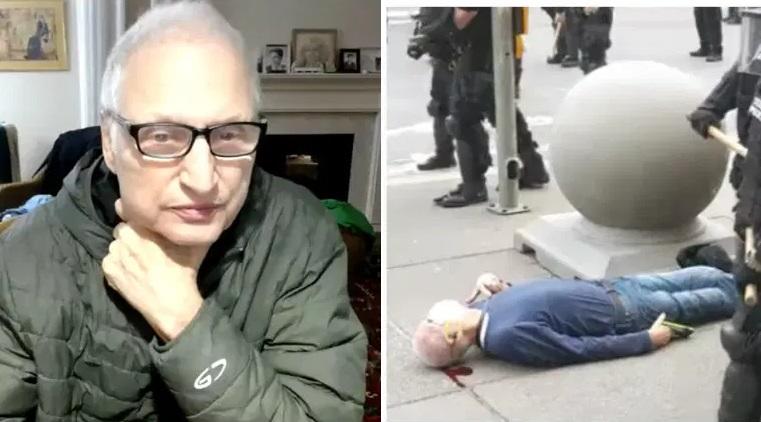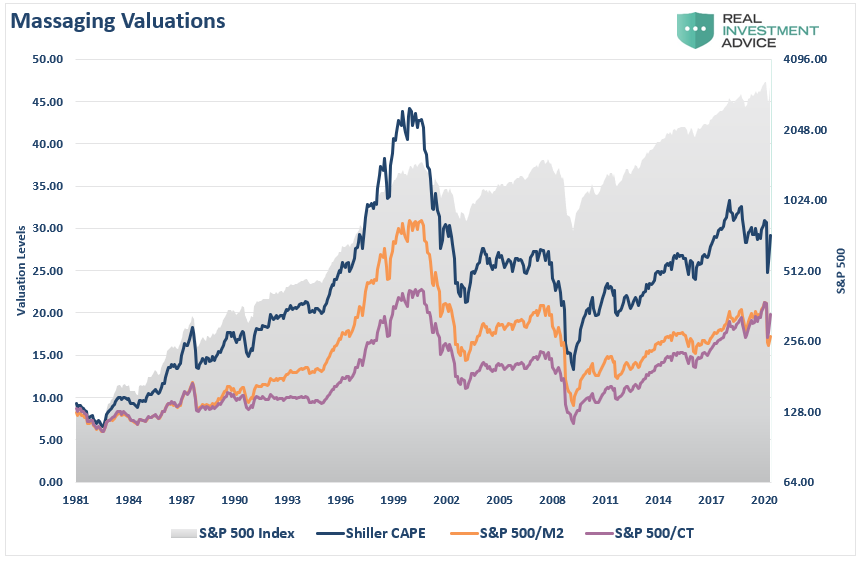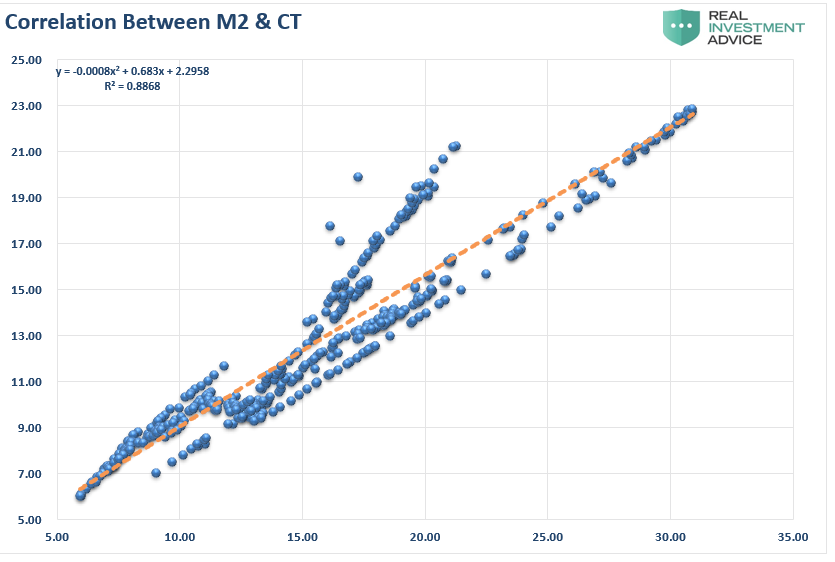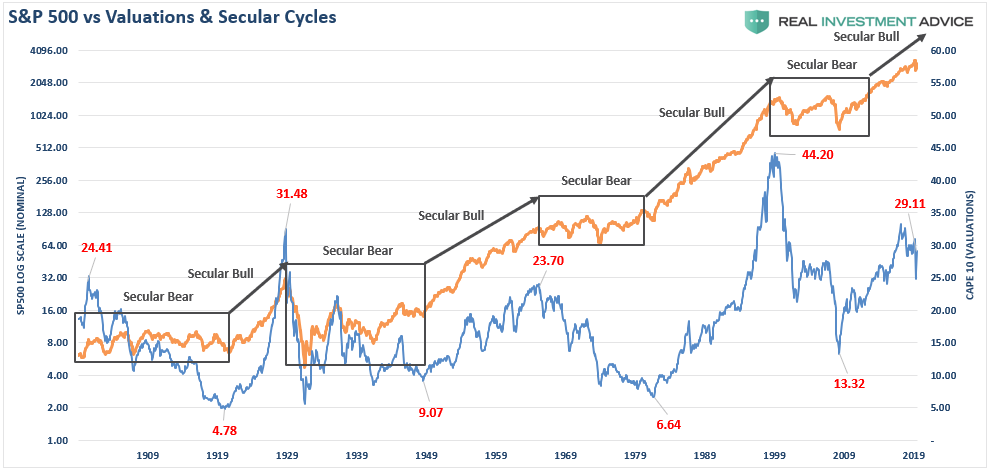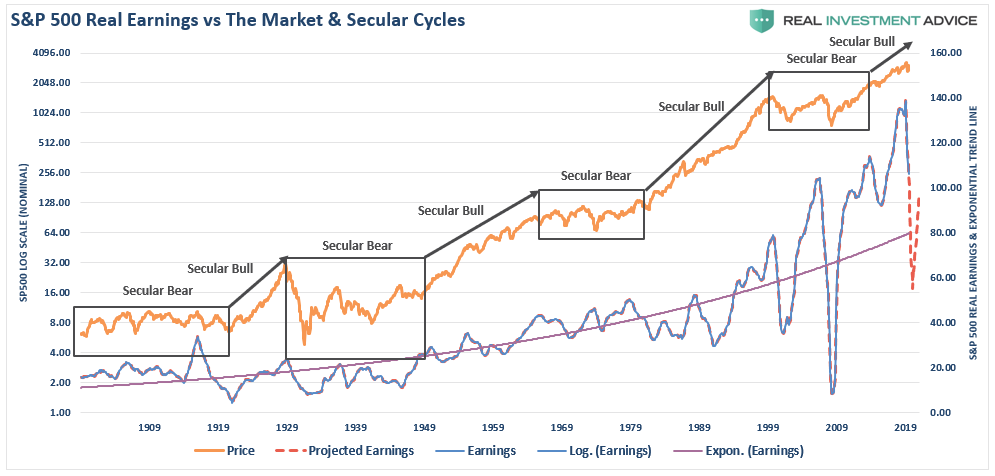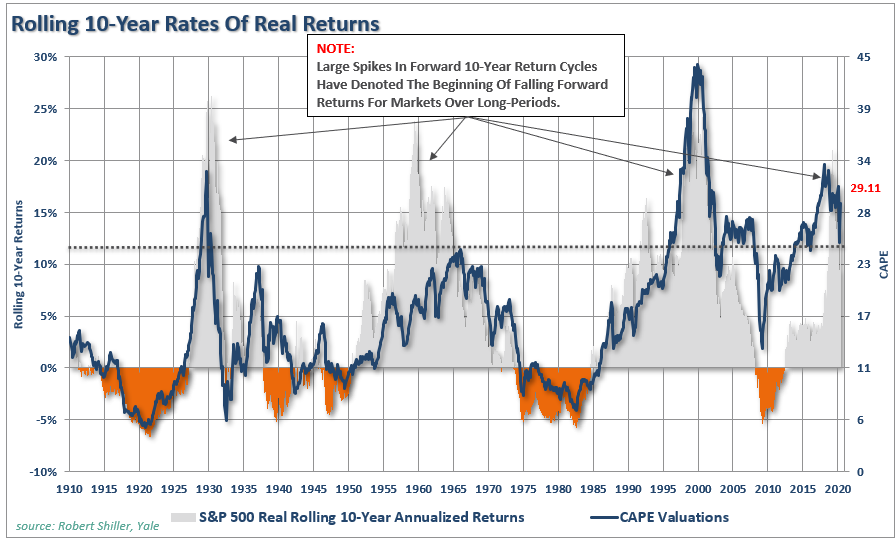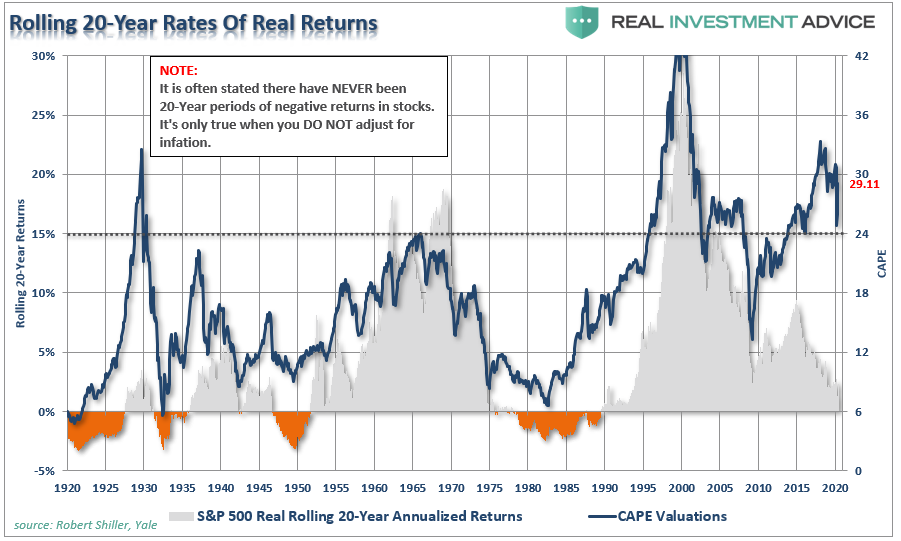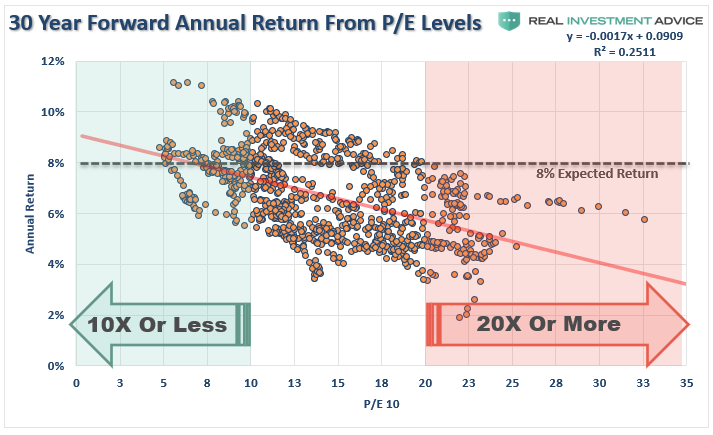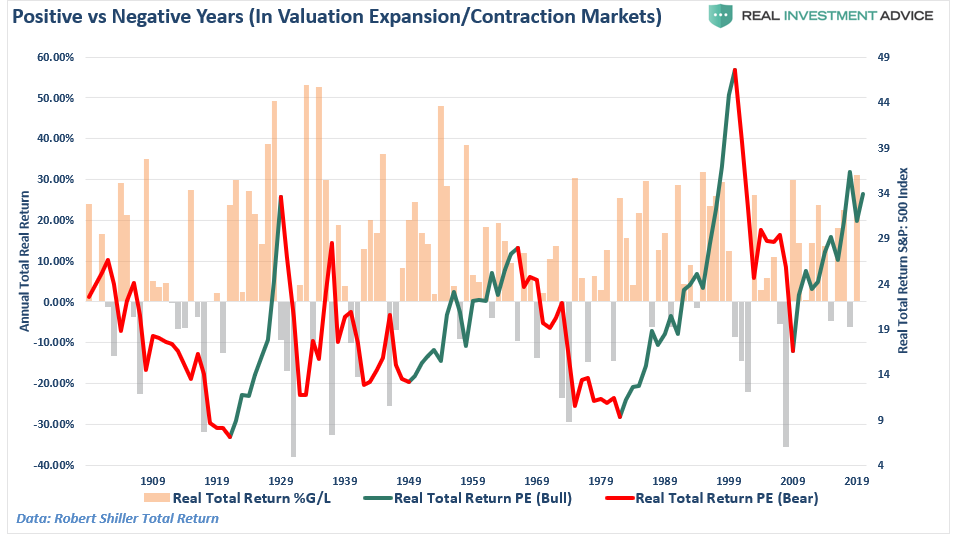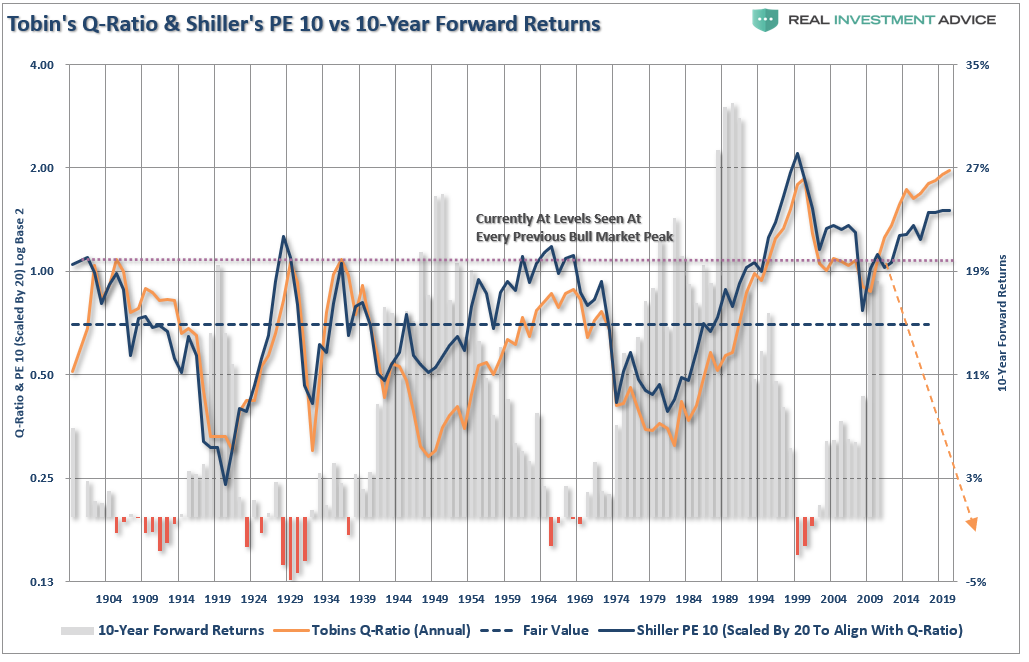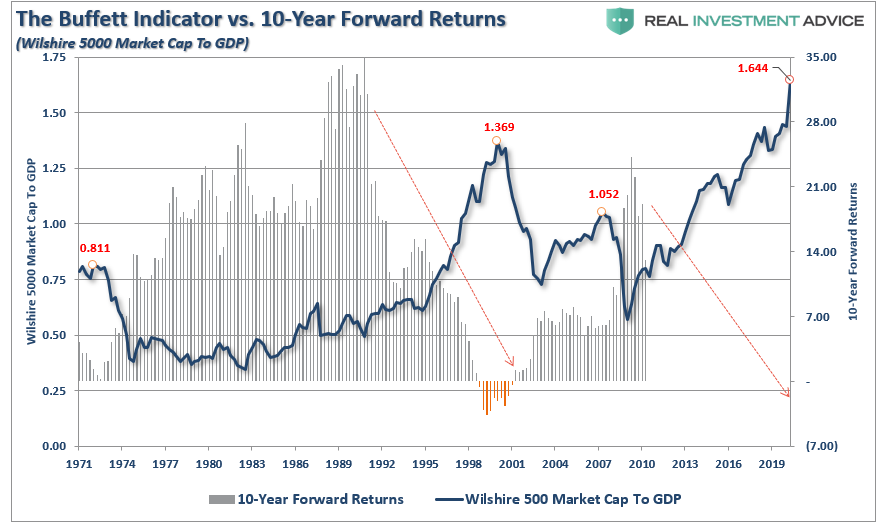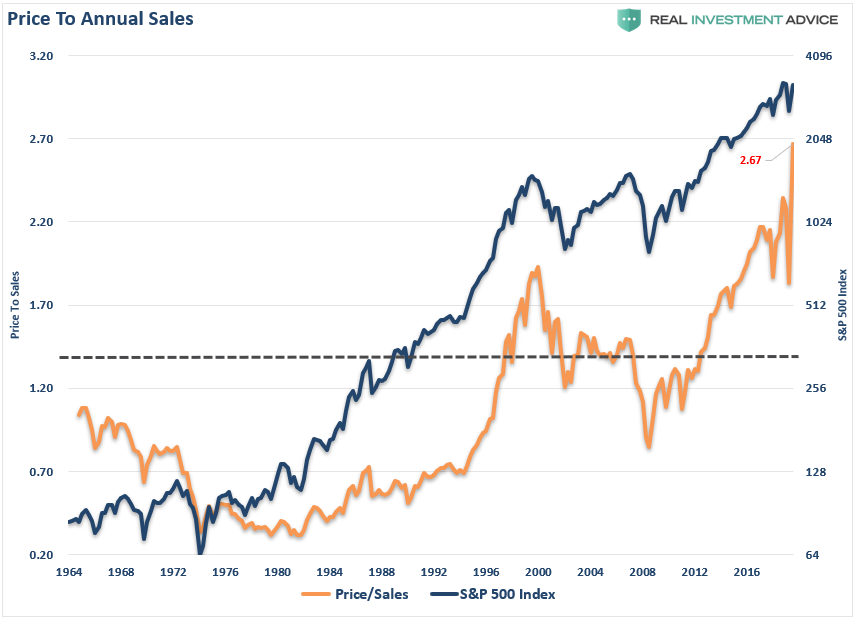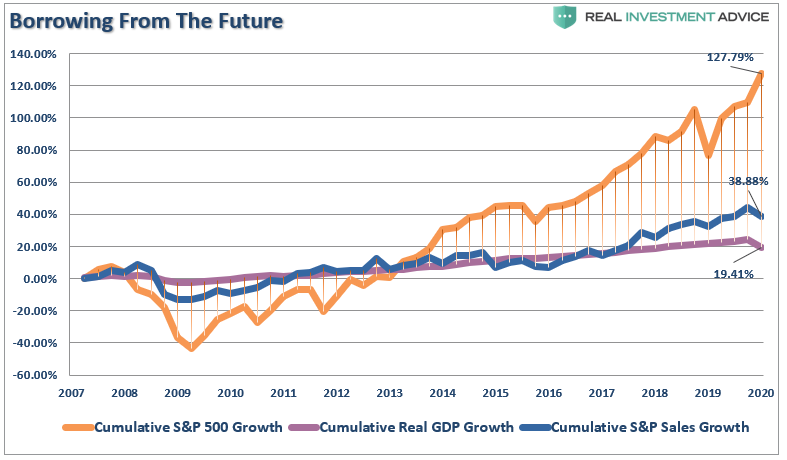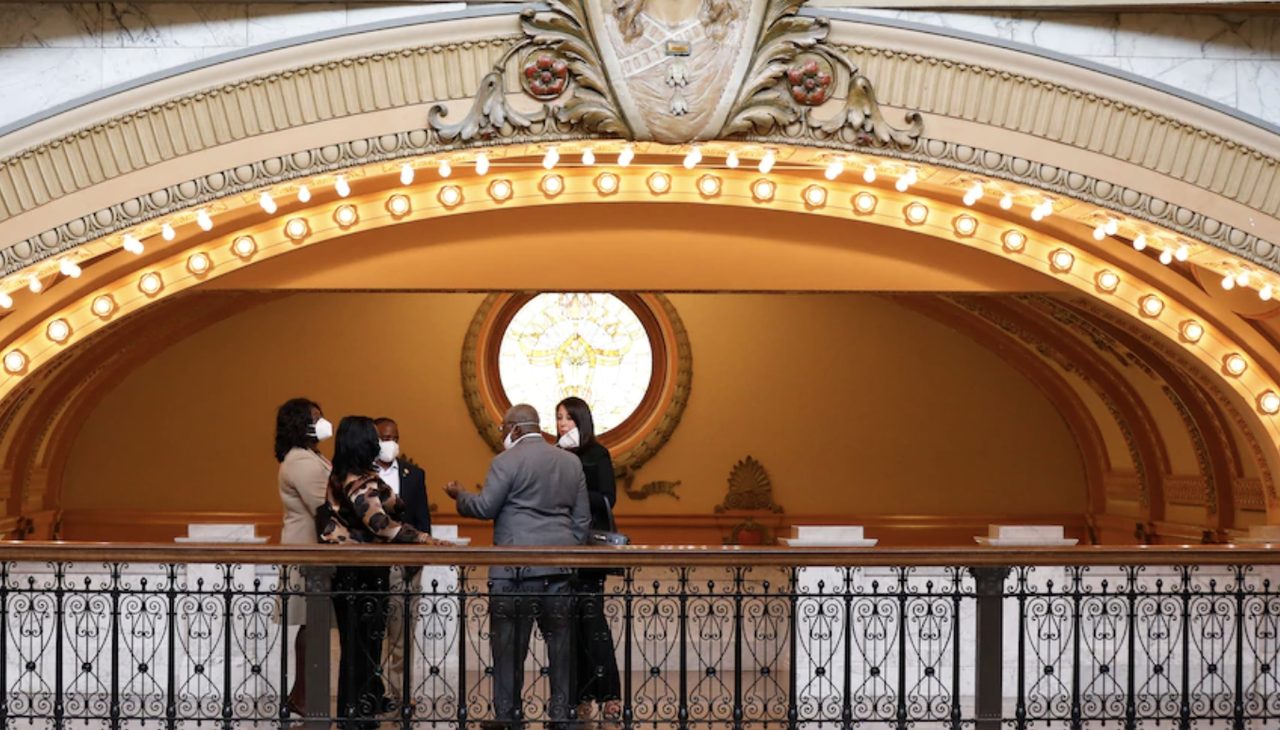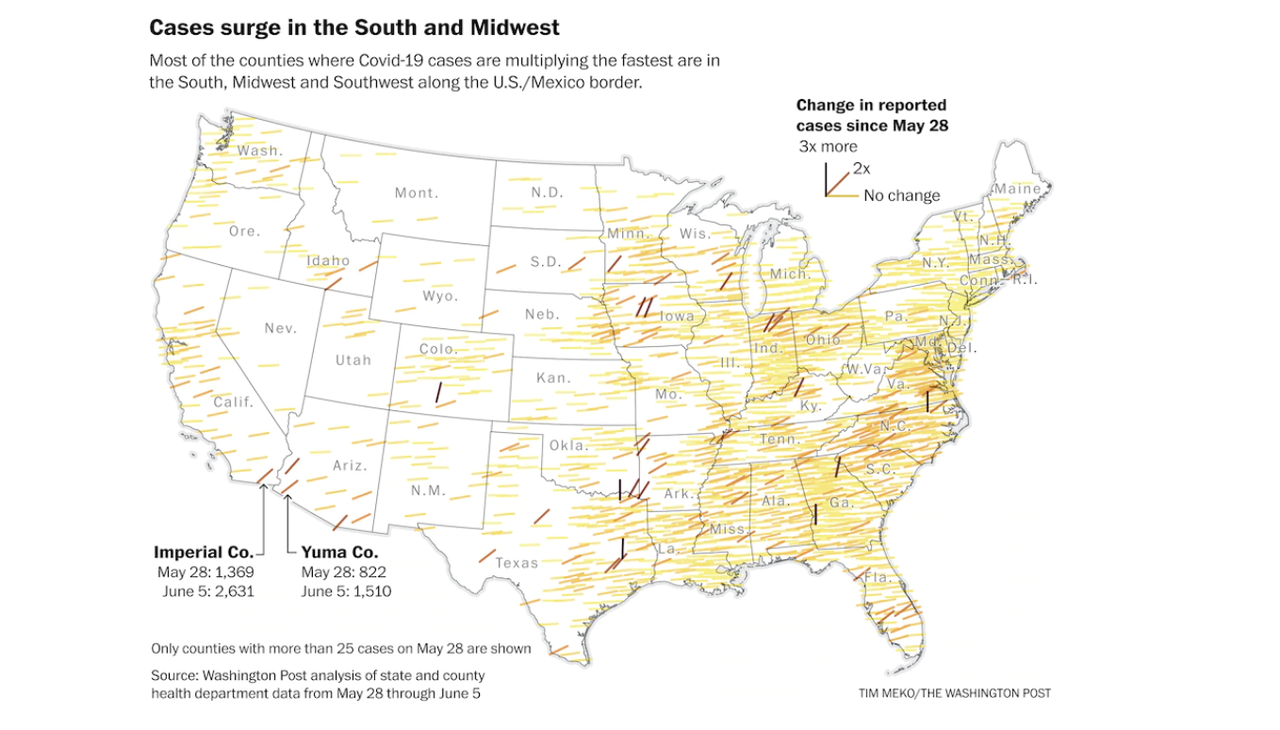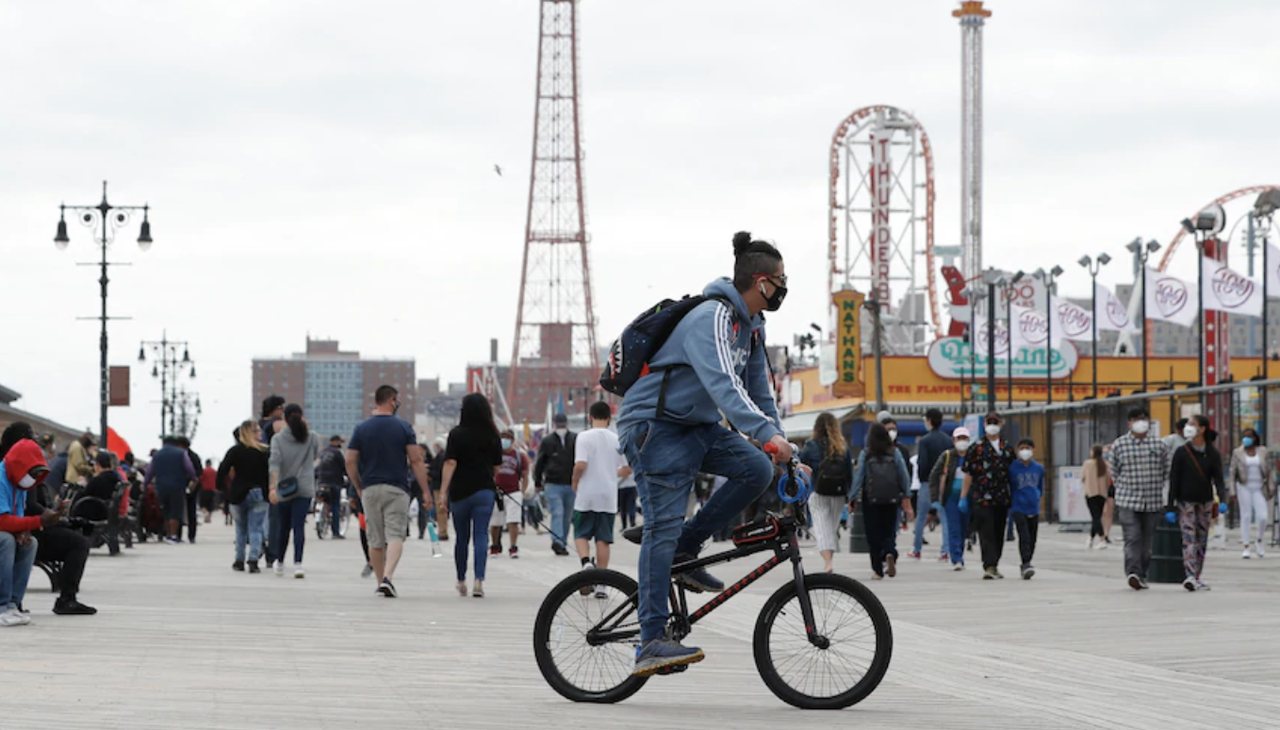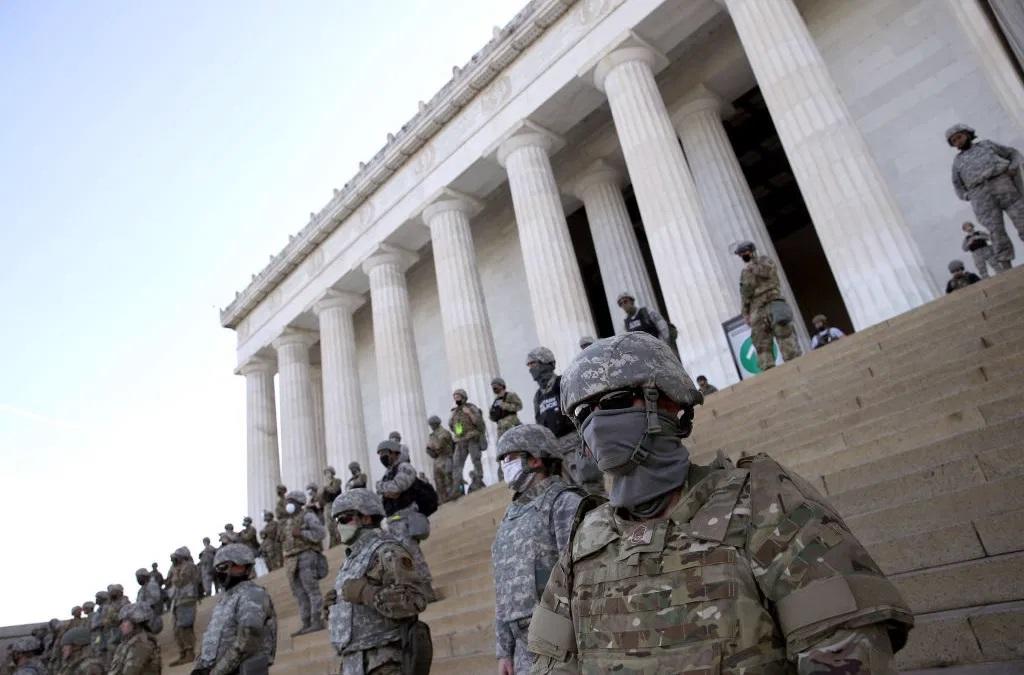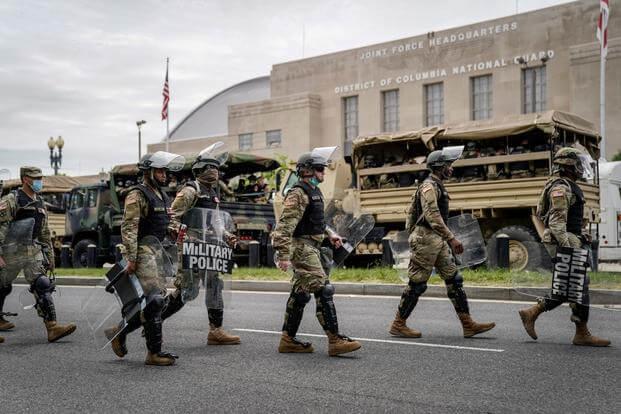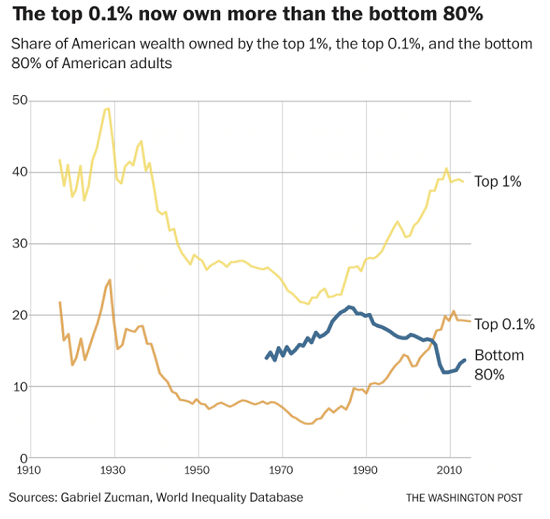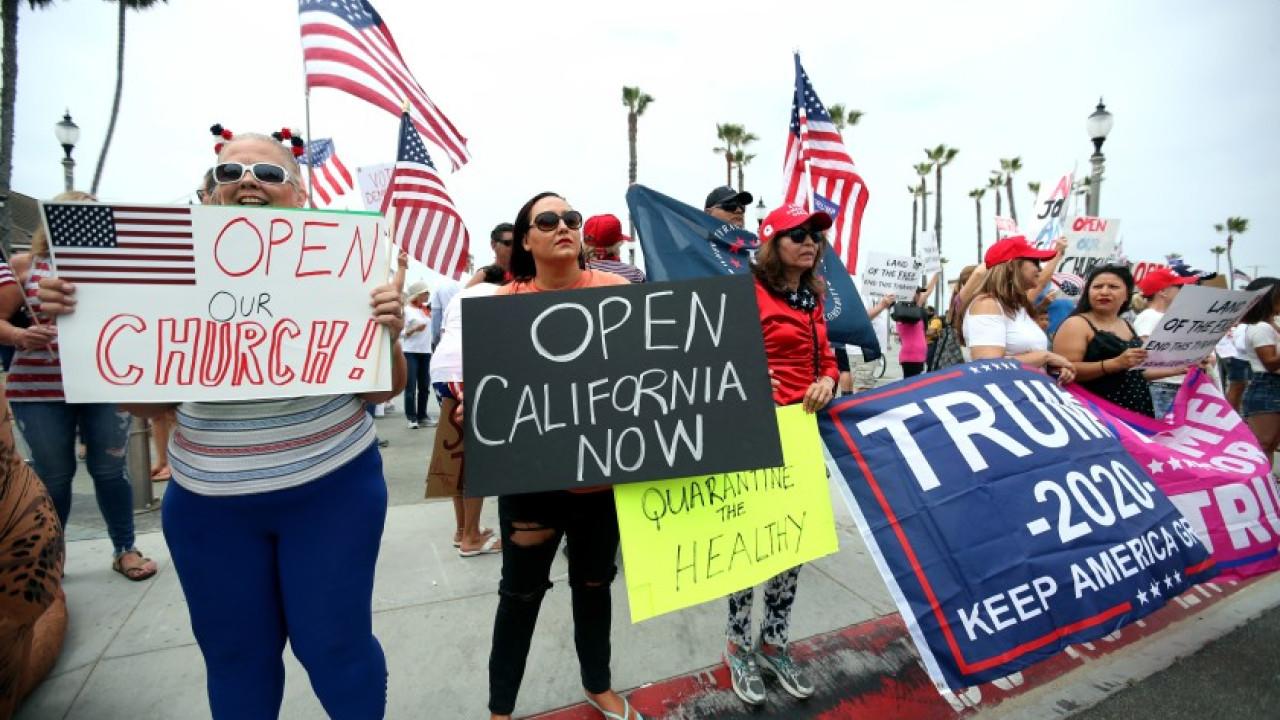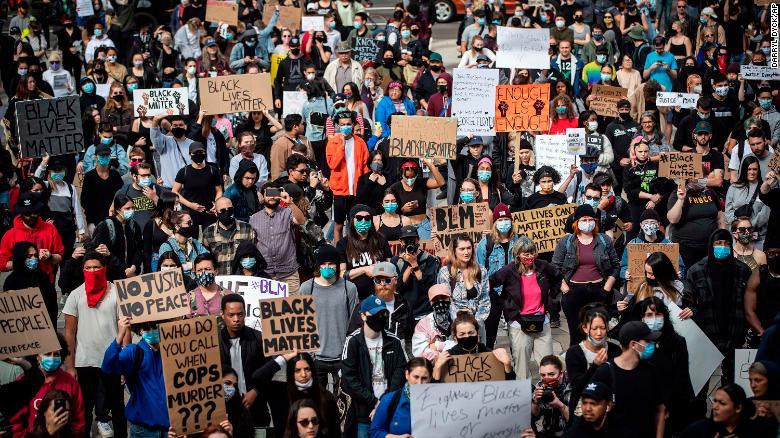Lisa Page Hired By NBC And MSNBC As Legal Analyst (No, Not The Onion!)
Tyler Durden
Sat, 06/06/2020 – 14:20
Lisa Page, the former FBI lawyer who resigned in the midst of the Russian investigation scandal, has been hired a NBC and MSNBC as a legal analyst. The move continues a trend started by CNN in hiring Trump critics, including officials terminated for misconduct, to offer legal analysis on the Trump Administration. We have previously discussed the use by CNN of figures like Andrew McCabe to give legal analysis despite his being referred for possible criminal charges by the Inspector General for repeatedly lying to federal investigators. The media appears intent on fulfilling the narrative of President Trump that it is overly biased and hostile in its analysis. Indeed, it now appears a marketing plan that has subsumed the journalistic mission.
Page appeared with Rachel Maddow and began her work as the new legal analyst by discussing her own controversial work at the FBI. Page is still part of investigation by various committees and the investigation being conducted by U.S Attorney John Durham.
I have denounced President Trump for his repeated and often vicious references to Page’s affair with fired FBI Special Agent Peter Strzok. There is no excuse for such personal abuse. I also do not view her emails as proof of her involvement in a deep-state conspiracy as opposed to clearly inappropriate and partisan communications for someone involved in the investigation. Indeed, Page did not appear a particularly significant figure in the investigation or even the FBI as a whole. She was primarily dragged into the controversy due to her relationship with Strzok.
However, Trump has legitimate reason to object (as he has) to this hiring as do those who expect analysis from experts without a personal stake in the ongoing investigations. It has long been an ethical rule in American journalism not to pay for interviews. Either NBC is paying for exclusive rights to Page in interviews like the one on Maddow’s show or it is hiring an expert with a personal stake in these controversies to give legal analysis. Neither is a good option for a network that represented the gold standard in journalism with figures like John Chancellor, Edwin Newman, and Roger Mudd.
It is not that Page disagrees with the Administration on legal matters or these cases. It is the fact that she is personally involved in the ongoing stories and has shown intense and at times unhinged bias against Trump in communications with Strzok and others. She is the news story, or at least a significant part of it.
Andrew A. Weissmann has also been retained as a legal analyst by NBC and MSNBC. While Weissmann has been raised by Republicans as a lightening rod for his perceived partisan bias as a member of the Mueller team, he does not have the type of personal conflict or interest in these investigations. Weissmann is likely to be raised in the hearing over the next weeks into the Flynn case in terms of prosecutorial decisions. (It is worth noting that Fox hired Trey Gowdy at an analyst even though he would be commenting on matters that came before his committee in these investigations.) In terms of balance, however, the appearance of both Page and Weissmann giving analysis on the Administration’s response to the protests is a bit jarring for some.
Page was an unknown attorney in the FBI before she was forced into the public eye due to her emails with Strzok. Her emails fueled the controversy over bias in the FBI. They were undeniably biased and strident including the now famous reference to the FBI investigation as “insurance” in case Trump was elected. In the email in August 2016, here’s what Strzok wrote:
I want to believe the path you threw out for consideration in Andy’s office [Andrew McCabe is the FBI deputy director and married to a Democratic Virginia State Senate candidate] for that there’s no way he gets elected—but I’m afraid we can’t take that risk. It’s like an insurance policy in the unlikely event you die before you’re 40 …
What particularly concerns me is that Page has come up recently in new disclosures in the Flynn case. In newly released document is an email from former FBI lawyer Lisa Page to former FBI special agent Peter Strzok, who played the leadership role in targeting Flynn. In the email, Page suggests that Flynn could be set up by making a passing reference to a federal law that criminalizes lies to federal investigators. She suggested to Strzok that “it would be an easy way to just casually slip that in.” So this effort was not about protecting national security or learning critical intelligence. As I have noted, the email reinforces other evidence that it was about bagging Flynn for the case in the legal version of a canned trophy hunt.
It appears that, on January 4, 2017, the FBI’s Washington Field Office issued a “Closing Communication” indicating that the bureau was terminating “CROSSFIRE RAZOR” — the newly disclosed codename for the investigation of Flynn. That is when Strzok intervened. The FBI had investigated Flynn and various databases and determined that “no derogatory information was identified in FBI holdings.” Due to this conclusion, the Washington Field Office concluded that Flynn “was no longer a viable candidate as part of the larger CROSSFIRE HURRICANE umbrella case.” On that same day, however, fired FBI Special Agent Peter Strzok instructed the FBI case manager handling CROSSFIRE RAZOR to keep the investigation open, telling him “Hey don’t close RAZOR.” The FBI official replied, “Okay.” Strzok then confirmed again, “Still open right? And you’re the case agent? Going to send you [REDACTED] for the file.” The FBI official confirmed: “I have not closed it … Still open.” Strzok responded “Rgr. I couldn’t raise [REDACTED] earlier. Pls keep it open for now.”
Strzok also texted Page:
“Razor still open. :@ but serendipitously good, I guess. You want those chips and Oreos?” Page replied “Phew. But yeah that’s amazing that he is still open. Good, I guess.”
Strzok replied “Yeah, our utter incompetence actually helps us. 20% of the time, I’m guessing :)”
Page will be the focus of much of the upcoming inquiries both in Congress and the Justice Department as will CNN’s legal analyst Andrew McCabe.
In her Maddow segment, Page attempts to defuse the “insurance policy” email as all part of her commitment to protecting the nation, not her repeatedly stated hatred for Trump. In what is now a signature for MSNBC, Maddow did not ask a single probative question but actually helped her frame the response. Even in echo journalistic circles, the echo between the two was deafening.
Page explained”
“It’s an analogy. First of all, it’s not my text, so I’m sort of interpreting what I believed he meant back three years ago, but we’re using an analogy. We’re talking about whether or not we should take certain investigative steps or not based on the likelihood that he’s going to be president or not.”
You have to keep in mind … if President Trump doesn’t become president, the national-security risk, if there is somebody in his campaign associated with Russia, plummets. You’re not so worried about what Russia’s doing vis-à-vis a member of his campaign if he’s not president because you’re not going to have access to classified information, you’re not going to have access to sources and methods in our national-security apparatus. So, the ‘insurance policy’ was an analogy. It’s like an insurance policy when you’re 40. You don’t expect to die when you’re 40, yet you still have an insurance policy.”
Maddow then decided to better frame the spin:
“So, don’t just hope that he’s not going to be elected and therefore not press forward with the investigation hoping, but rather press forward with the investigation just in case he does get in there.”
Page simply responds “Exactly.”
Well, not exactly.
Page is leaving out that, as new documents show, there never was credible evidence of any Russian collusion. Recently, the Congress unsealed testimony from a long line of Obama officials who denied ever seeing such evidence, including some who publicly suggested that they had. Indeed, Page testified that even by May 2017, they did not find such evidence that “it still existed in the scope of possibility that there would be literally nothing” to connect Trump and Russia. There was little reason to believe in this “insurance policy” given the absence of evidence. Yet, Page still viewed the effort led by Strzok as an indemnity in case of election.
The Inspector General found that, soon after the first surveillance was ordered, FBI agents began to cast doubts on the veracity of the Steele document and suggested it might be disinformation from Russian intelligence. The IG said that, due to the relatively low standard required for a FISA application, he could not say that the original application was invalid but that it was quickly established that no credible evidence existed to support the continuance of the investigation — which Page called their “insurance policy.”
Page also left out her other emails including calling Trump foul names while praising Hillary Clinton and other opponents. Even if she were not involved in the ongoing controversy, her emails show her to be fervently opposed to both Trump and the Republicans.
Bias however has become the coin of the realm for some networks. Why have echo journalism when you can have an analyst simply repeat her position directly? For viewers who become irate at the appearance of opposing views (as vividly demonstrated in the recent apology of the New York Times for publishing a conservative opinion column), having a vehemently biased and personally invested analyst is reassuring. It is not like Page will suddenly blurt out a defense of Flynn or Trump or others in the Administration.
With Page, NBC has crossed the Rubicon and left its objectivity scattered on the far bank.
via ZeroHedge News https://ift.tt/2zZivRq Tyler Durden
